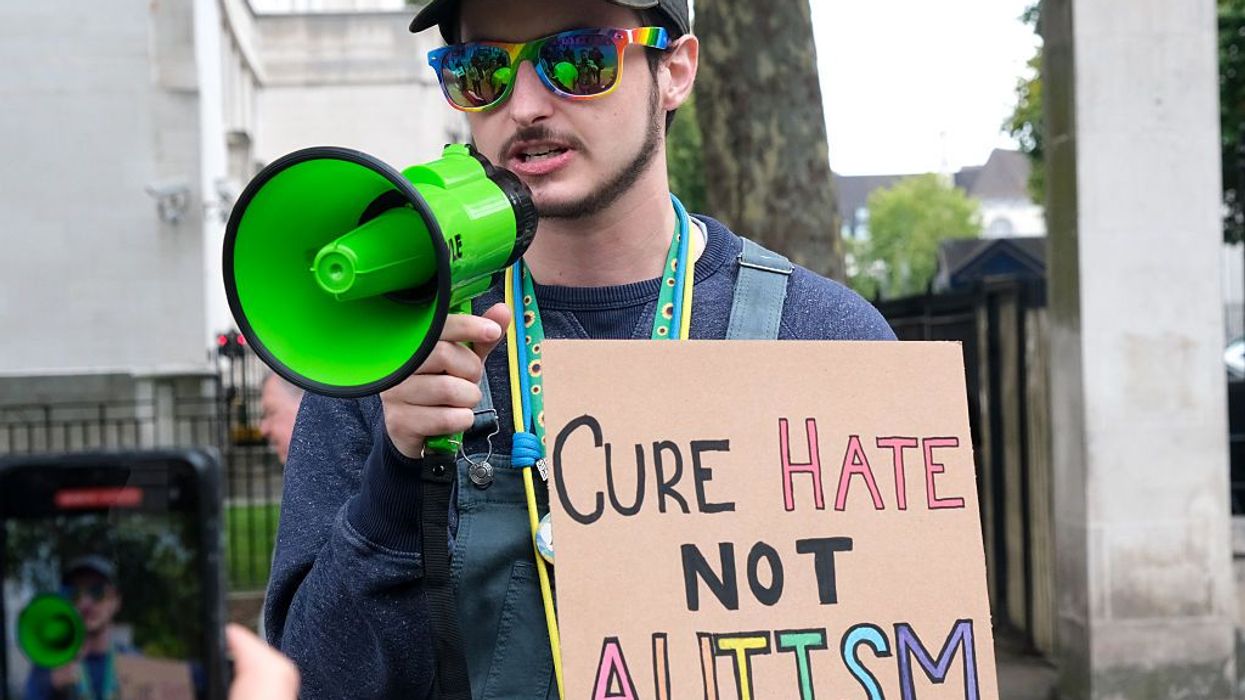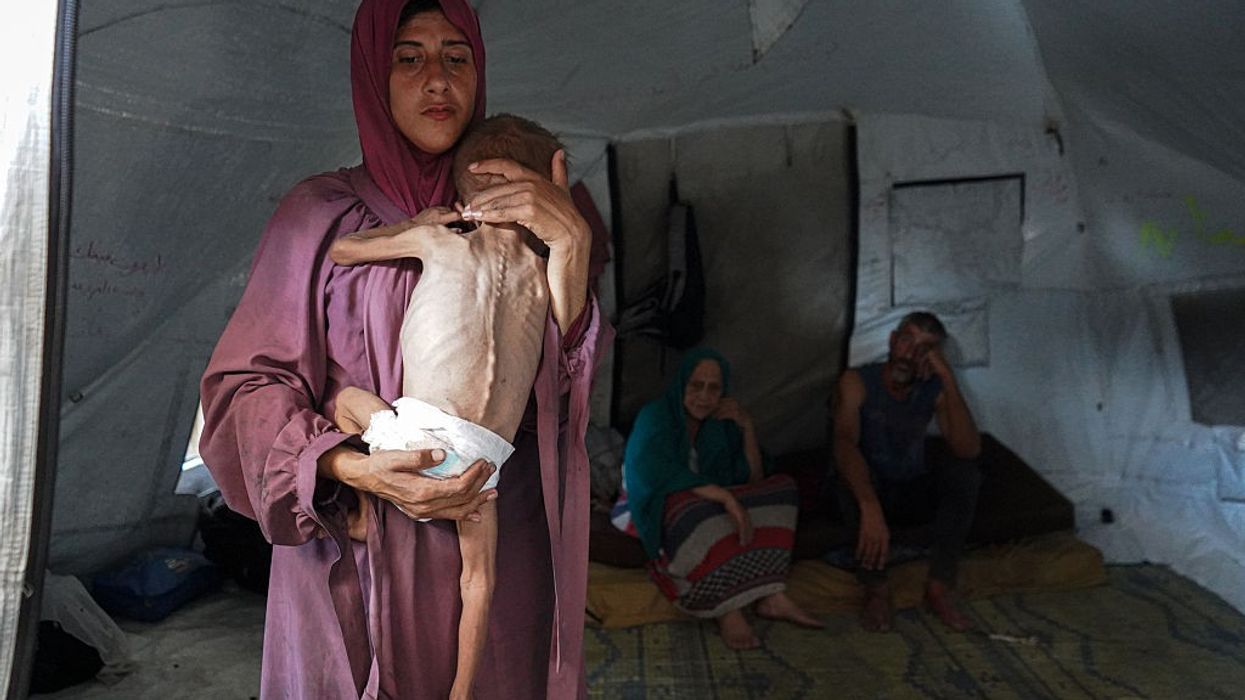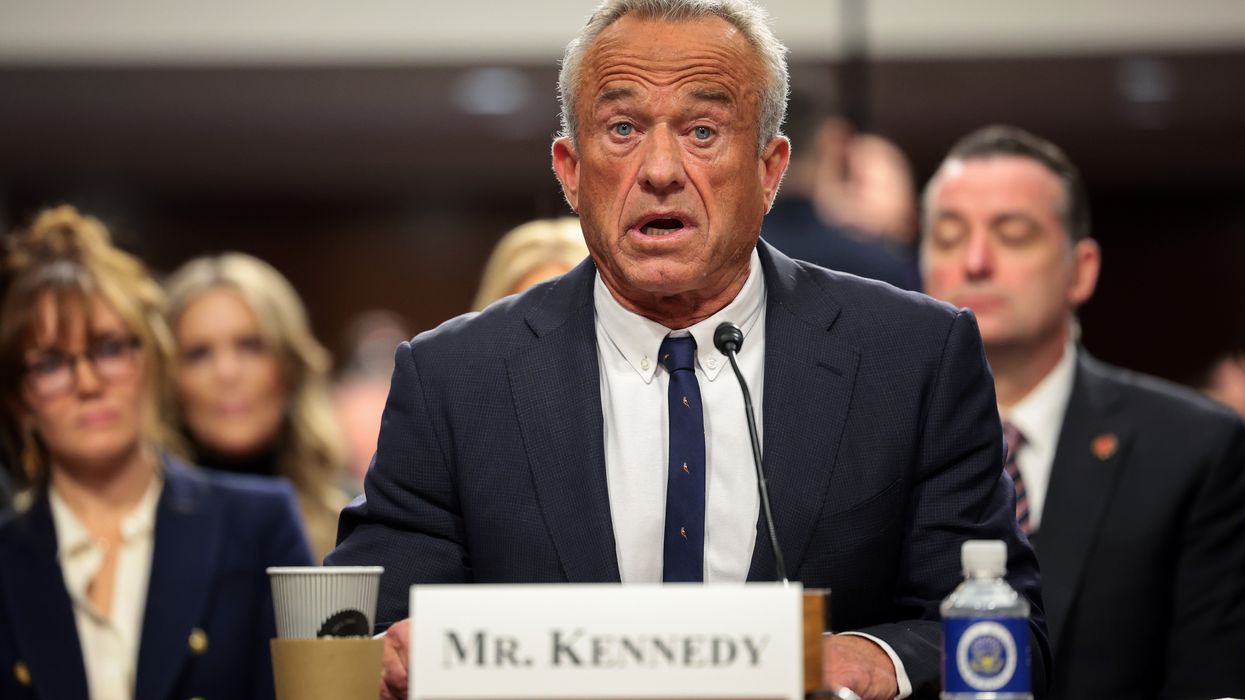The Fight for Adult Autistic Self-Empowerment in a MAGA World
My situation is emblematic of a broader problem faced by Autistic people: There is so much public misunderstanding of our condition and, in spite of some progress, nowhere near enough ways for us to advocate for ourselves.
Recently there has been highly welcome indignation and pushback against the quackish treatments and attitude of stigmatization advocated by President Donald Trump against Autistic people during his infamous September 22 press conference. Some of the most forceful criticisms have been made by Autistic individuals and Autistic-led organizations. It has also been satisfying to see a major political figure like Illinois’s Democratic Gov. JB Pritzker offer enlightened rhetoric on the subject. In an executive order in May designed to protect Illinois’s Autistic persons’ privacy from Health and Human Services Secretary Robert F. Kennedy Jr.’s proposal to create a nationwide registry of Autistic persons, Pritzker stressed that “autism is a neurological difference–not a disease or an epidemic.”
In recent years activists and writers like Eric Garcia Jr., Temple Grandin, and the late Steve Silberman have pushed back against the stigmas attached to Autism by Trump and RFK Jr.: that Autistic people represent a diseased, anti-social segment of the population that are in need of a “cure” for their condition. Silberman’s best selling 2015 book NeuroTribes was a particularly notable contribution to the public discourse, describing Autism not as a mental illness but a normal and healthy variation of human neurological development. Writers like Silberman have stressed that Autistic people have the potential to use their unique intellectual and emotional gifts to make valuable contributions to the broader society—if that society is willing and able to offer accommodations to allow Autistic people to thrive.
Unfortunately, while the relatively enlightened approach toward Autism outlined above has made some progress in positively impacting public understanding, that progress has also been relatively limited. That limitation is illustrated perfectly by the Trump administration’s focus on finding a “cure” and other aspects of its harmful, reactionary approach to Autism. The Trump administration’s approach to Autism is part and parcel of its punitive and uncaring approach to underprivileged Americans in general, as demonstrated by its draconian gutting of an already devastated American welfare state.
Adult Autistic Employment: A Personal Story
Some of the most serious problems in Autistic policy in the United States run much deeper than Trump’s cruelty and ignorance or the medical quackery promoted by RFK Jr. One of the most deep-seated problems relates to Autistic adults in the job market. The unemployment rate for Autistic adults in the United States is extremely high—85% according to one estimate.
I have direct experience with the subject of Autistic adult employment. As an adult in my early 30s—in 2012—I received my first official medical diagnosis of Autism Spectrum Disorder: I was diagnosed with Asperger’s Syndrome. This diagnosis was supposed to help me receive disability accommodations in future employment after I received my master’s degree. After all, according to the Americans with Disabilities Act of 1990, employers are supposed to provide “reasonable accommodations” to persons with documented disabilities in order to help them overcome barriers to performing a job.
Over the past 15 years, I have had about seven employers—all low wage jobs—and have mostly gone without disability accommodations—not because I don’t need them but because I’ve found it impossible in most cases to obtain them. In most of these jobs, it was a psychologically shattering strain for me to try to succeed at them and try to compensate for my learning disabilities and moderate verbal communication impairment.
As far as I can tell, one of the reasons for my difficulties in obtaining employment accommodations is that, looking at me on the surface, I appear “high functioning.” As a job counselor with my state government’s Department of Vocational Rehabilitation (DVR) said to me 15 years ago, “You have a master’s degree, you shouldn’t be working at McDonalds,” when I suggested the latter as a possible employment route. When I had my first meeting with a supervisor at a job with a medical company in 2021, she remarked—thinking she was giving me a compliment—that I “didn’t look” like I had Asperger’s Syndrome. According to her I appeared “well put together” and well spoken. However, before long, previously invisible manifestations of my disabilities became apparent to her; I quit the job after four months as the supervisor made clear she was preparing to write me up for ineptitude.
The Trump administration’s approach to Autism is part and parcel of its punitive and uncaring approach to underprivileged Americans in general, as demonstrated by its draconian gutting of an already devastated American welfare state.
Although at one point the supervisor suggested she would be willing to give me disability accommodations, the company’s corporate office refused, saying that I would have to go through the costly and lengthy process of getting a new diagnosis of Autism before they would consider granting accommodations. The corporate HR official said that my 2012 Aspergers diagnosis was obsolete because of new diagnostic criteria for Autism embodied in the 2013 publication of the fifth edition of the Diagnostic and Statistical Manual of Mental Disorders.
However, perhaps the most important reason for my frequent failure to secure disability accommodations is that, in many cases, the willingness of employers to provide accommodations often comes into conflict with the need to maximize worker productivity in the interests of profit. Even when accommodations are officially provided, they can easily become reduced to irrelevance as supervisors feel the pressure to maximize efficiency and productivity and lash out at employees. I myself have been bullied at a previous job for aspects of my personality related to my Autism—in spite of this job being one of the few instances where I was provided with formal disability accommodations—and have seen other Autistic coworkers similarly treated.
Meanwhile, I can report that I have been employed in a full time job for the last four years with the same company, currently making per hour approximately $3.49 more than my state’s minimum wage. I work with no disability accommodations at this job and have only told one coworker that I am Autistic. Within the last year, the company has assigned me a more public-facing role in tasks especially incompatible with my Autism-related disabilities. I’m highly tempted to ask HR for accommodations—to at least minimize my work in the public-facing role—but fear rejection and unduly antagonizing my supervisor who has long faced a staffing shortage in the public-facing role.
I think my situation is emblematic of a broader problem faced by Autistic people: There is so much public misunderstanding of our condition and, in spite of some progress, nowhere near enough ways for us to advocate for the manner in which society can respect our needs.


